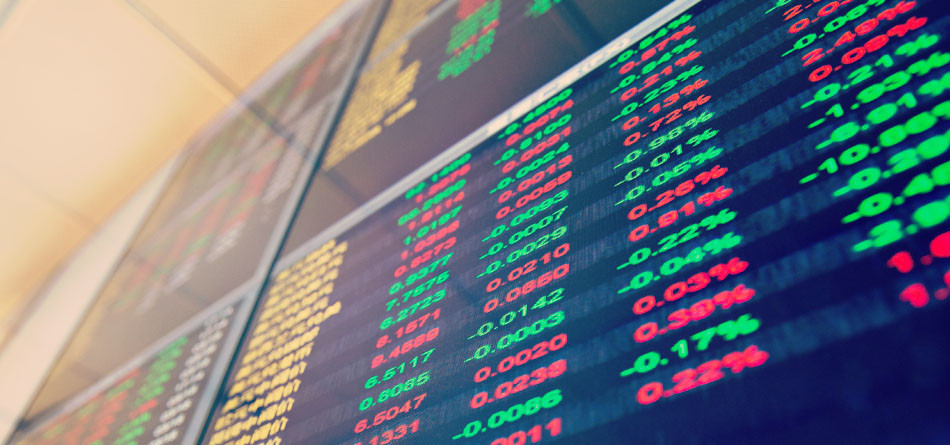In options, there are a limited number of highly liquid names, and the rest of the market consists of issues with questionably liquidity, i.e. a trader may or may not be able to easily and efficiently execute an order.
Estimates vary as to the size of the top tier -- some market observers say it’s only about 50 issues, while others may say it is well north of 100. Whatever the number, less-liquid options are largely “trade by appointment,” said Andy Nybo, principal and head of derivatives research at Tabb Group.
“Outside of the most active options, it is a quote-driven market,” Nybo told Markets Media. “It's partially a phone market. Finding the other side of the trade requires the right kind of electronic tools, assistance and support from brokers that are willing to commit capital and provide markets.”
Earlier this week, Tabb Group issued a report about how the complexity of the U.S. options market is challenging price discovery. The consultancy cited exchange fragmentation, a diverse set of market models, an expanding array of options, and accelerating trading velocity as challenges; to navigate the market structure, brokers must offer advanced order routing and the ability to route to multiple exchanges with minimal latency.
The market-structure dynamic “is really forcing options traders to reevaluate how they approach options trading,” Nybo said. “It reinforces the criticality of having the right tools at your fingertips, that enable you to search for liquidity, find liquidity, and then improve your execution capabilities.”
Algorithmic trading of options has advanced, but it is very different from the TWAP (Time-Weighted Average Price) and VWAP (Volume-Weighted Average Price) frameworks that are ubiquitous in the equities market. “Options algos are designed more for finding liquidity, and managing orders throughout a designated time period, whether it’s seconds, hours, or days,” Nybo said. That’s different than equity algos, which “go out and probe for liquidity across multiple dark pools and venues.”
The options users most coveted by exchanges and brokers are institutional asset owners and the investment firms that manage their money. These organizations are slowly ramping up options usage, but they also can be vexed by the complexity of options market structure
“The way they begin trading options is typically premium strategies -- writing overwrites or covering calls -- but once they learn how to use options to manage their risk and risk exposures, they can start to trade more electronically and using more sophisticated strategies,” Nybo said. “There's a learning curve and a transition to more sophistication over time.”
“The ability to trade more active options using electronic tools is something they gravitate towards,” Nybo added. “It's more of a workflow and an efficiency capability that attracts them to that part of the trading liquidity spectrum...If they're doing larger-size trades or trading in less active names, they will pick up the phone and work with their brokers to get capital and support.”
Featured image via Dollar Photo Club














